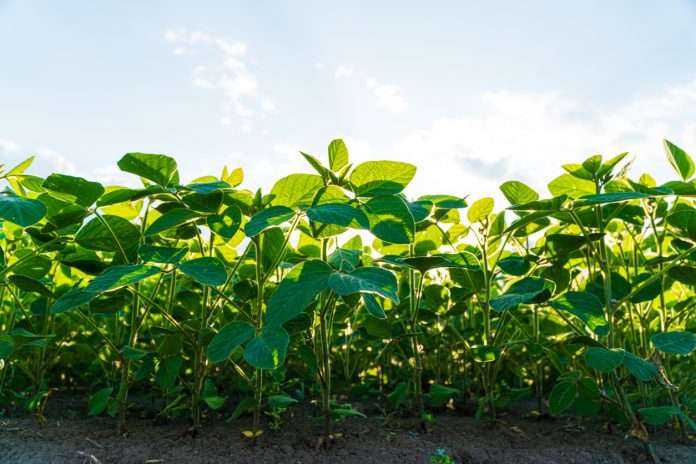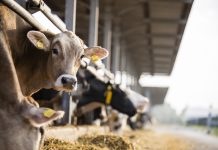How plants use airborne chemical cues to defend against herbivores. A study has revealed a new dimension of plant communication through the atmosphere
Plants are known to release volatile organic compounds (VOCs) into the air when attacked by herbivores, effectively signalling distress to nearby plants. These signals provoke neighbouring plants to preemptively bolster their defences.
Recent research explores what happens when the VOCs undergo chemical transformations in the atmosphere, forming secondary organic aerosols (SOAs).
Dr. Hao Yu, formerly of UEF and now at the University of Bern, explains the significance: “We wondered whether the ecological functions mediated by VOCs persist after they are oxidated to form SOAs,”
From VOCs to SOAs
The findings reveal that even after transformation into SOAs, these aerosols continue to activate defence mechanisms in nearby Scots pine seedlings, showing a prolonged biological activity compared to their VOC precursors.
Professor James Blande, head of the Environmental Ecology Research Group, highlights a key discovery: “A key novelty of the study is the finding that plants adopt subtly different defence strategies when receiving signals as VOCs or as SOAs, yet they exhibit similar degrees of resistance to herbivore feeding.”
This nuanced response suggests that plants have mechanisms for interpreting different chemical cues, changing their defences accordingly.
Implications for ecosystem resilience
The study also suggests that the elemental composition and quantity of SOAs play a crucial role in determining their biological effectiveness. This insight opens roads for further research into how plants discern between immediate and distant threats from herbivores based on the type and concentration of airborne cues.
Professor Annele Virtanen, head of the Aerosol Physics Research Group, anticipates broader implications: “Considering the formation rate of SOAs from their precursor VOCs, their longer lifetime compared to VOCs, and the atmospheric air mass transport, we expect that the ecologically effective distance for interactions mediated by SOAs is longer than that for plant interactions mediated by VOCs.”
Understanding of plant-plant interactions
This study helps us to understand plant interactions and ecological dynamics.
By revealing how plants use airborne chemical cues to communicate and defend against herbivores, researchers expect new insights into ecosystem resilience and biodiversity conservation.
The study indicates a transformative period in understanding the chemical dialogues that shape plant communities. With implications for agriculture, forestry, and conservation, the study shows the importance of preserving natural ecosystems where such complex interactions thrive.











